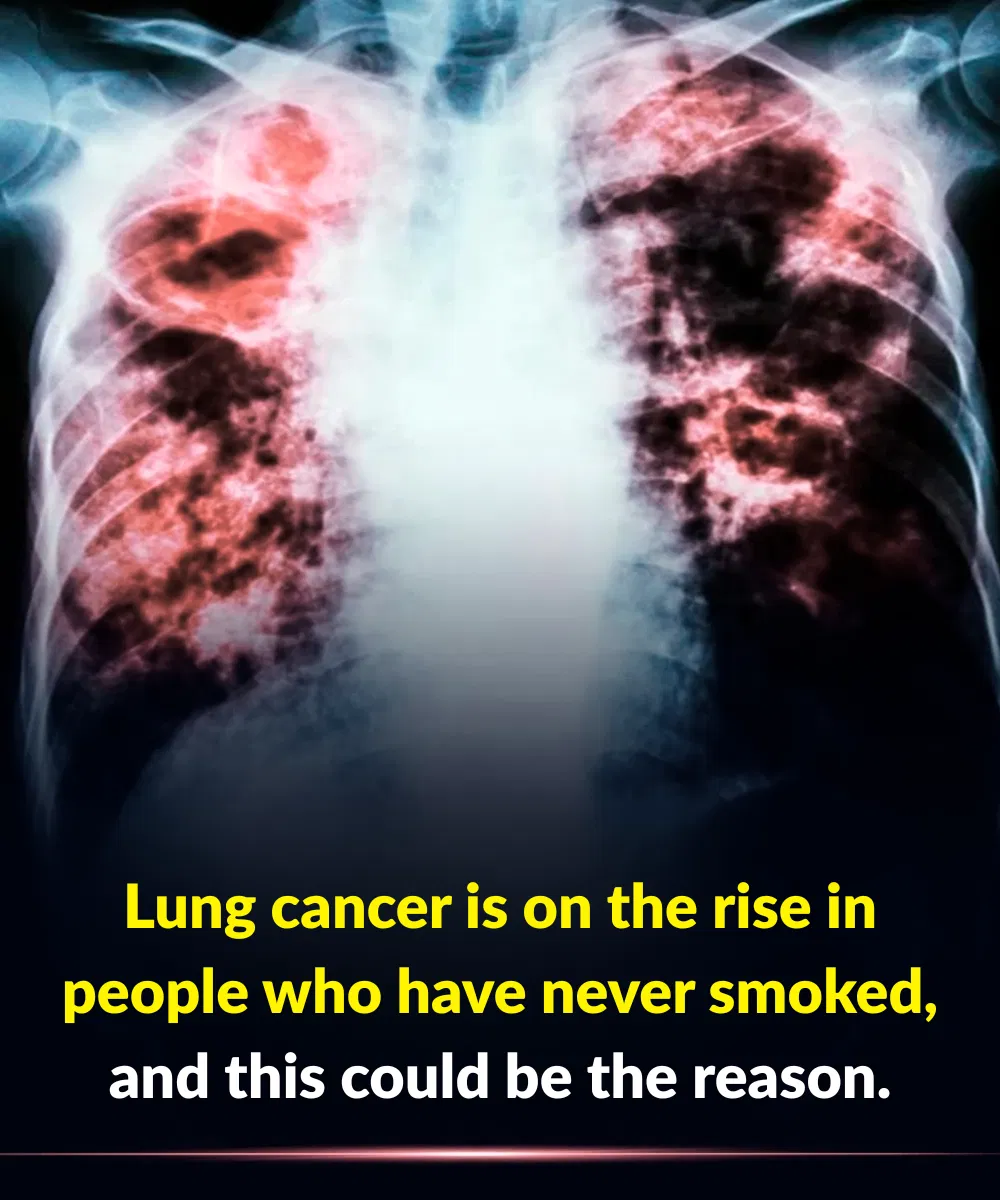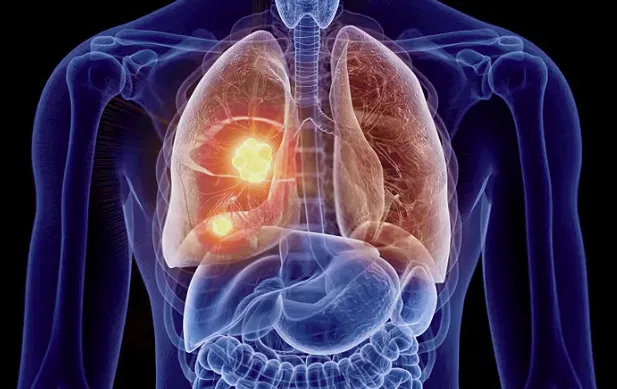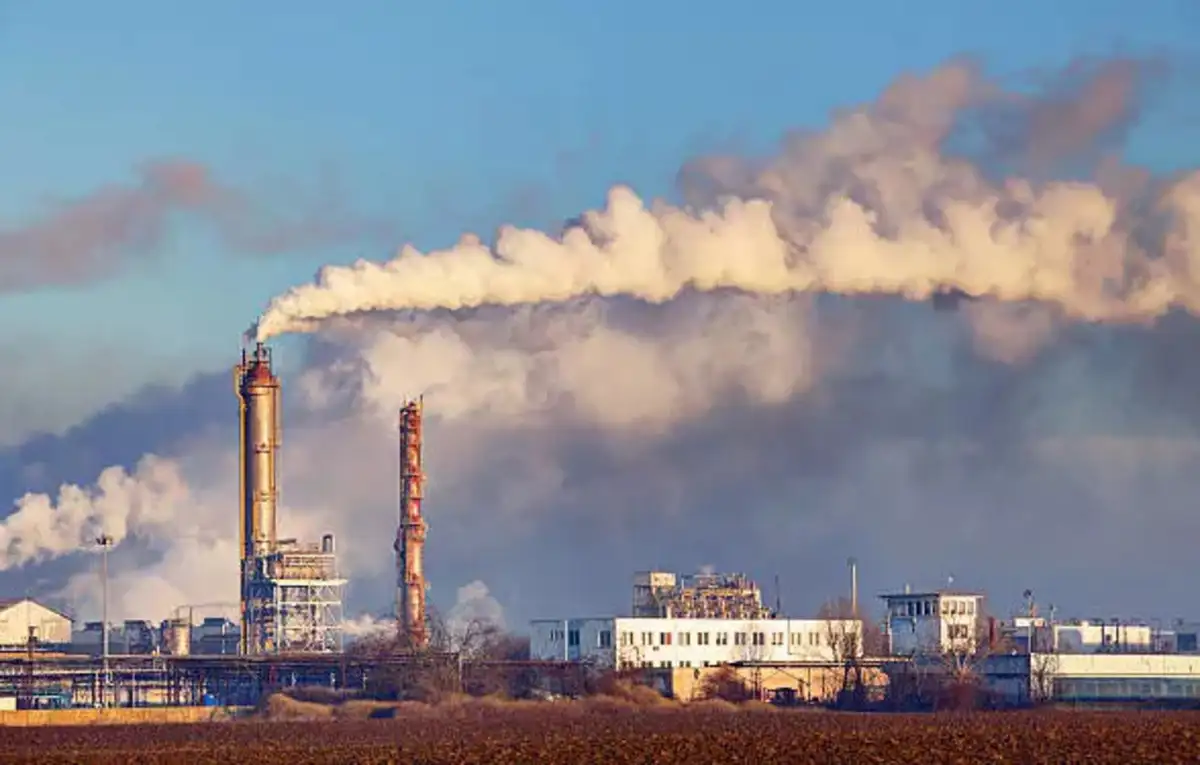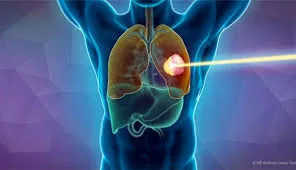Lung cancer is on the rise in people who have never smoked, and this could be the reason

Lung cancer has traditionally been connected to smoking; however, in recent decades, there has been a large increase in instances among those who have never smoked. This phenomena has prompted researchers to look into other risk factors, such as environmental pollution, chemical exposure, and genetic predispositions, that may impact illness development.
In 2017, almost 1.57 million new cases were reported in men and over 900,000 in women, highlighting the global scope of the issue. These findings emphasize the need of knowing the numerous factors that may contribute to the development of lung cancer in persons with no history of smoking, including environmental pollution, genetic predispositions, and lifestyle variables.
Definition and Scope of the Problem

Lung cancer is defined as the uncontrolled proliferation of cells in lung tissue, which compromises respiratory function. Although tobacco remains the leading risk factor, 10% to 20% of confirmed cases occur in people who have never smoked. According to the aforementioned study, adenocarcinoma is the most prevalent subtype, particularly among women (59.7% of female cases), accounting for 45.6% of male cases.

Air pollution and environmental issues
Air pollution is one of the leading causes of lung cancer in nonsmokers. PM2.5 and PM10 concentrations frequently exceed permissible values in cities or places with high industrial activity, increasing the risk of chronic inflammation and malignant mutations in lung cells. The information presented in the worldwide analysis shows that East Asia and North Africa have the greatest incidence rates for various subtypes.
Radon, a radioactive gas that originates underground, has also been recognized as a risk factor. Even if residents have never smoked, the accumulation of radon in restricted quarters without sufficient ventilation can put them at risk of developing cancer. As a result, regular measurement checks and adequate ventilation are recommended, particularly in areas with high natural quantities of this gas.

Effects of genetics and particular mutations
Nonsmokers’ susceptibility to lung cancer is determined by genetic predisposition. Mutations in genes such as EGFR, ALK, and KRAS have been found to promote tumor growth without the presence of carcinogenic chemicals in tobacco. The hereditary component increases the probability of getting the condition, emphasizing the significance of medical surveillance in persons with a family history.

The role of lifestyle and diet.
Although it is a less-discussed element, lifestyle is nonetheless important for understanding lung cancer risk. A diet low in fruits and vegetables may decrease the availability of antioxidants and micronutrients necessary for cellular defense. Sedentary lifestyles and obesity are linked to chronic inflammatory processes that can impair the body’s ability to fight cancer.
Improvements in early detection and diagnosis
Early identification is critical for lowering lung cancer mortality. Low-dose computed tomography (CT) has gained popularity as an efficient approach for detecting lung nodules in their early stages, however its usage remains limited in the non-smoking population. The latest population-based study emphasizes the significance of developing better screening criteria that consider geographic variability and distinct subtypes.
Lung cancer has long been associated primarily with smoking, but recent decades have seen a notable increase in cases among individuals who have never smoked. This shift in the epidemiology of lung cancer has sparked significant interest in exploring alternative risk factors beyond tobacco use. Environmental pollutants such as fine particulate matter (PM2.5 and PM10), exposure to radon gas, occupational hazards, and genetic predispositions are increasingly recognized as critical contributors to lung cancer development in nonsmokers. Fine particulate matter, commonly found in urban and industrial environments, can penetrate deep into the lungs, causing chronic inflammation and DNA damage, which may lead to malignant transformations. Radon, a naturally occurring radioactive gas, can accumulate indoors, especially in poorly ventilated spaces, increasing lung cancer risk even among lifelong nonsmokers. Furthermore, genetic factors play an essential role; mutations in genes like EGFR, ALK, and KRAS have been implicated in tumor growth independent of smoking-related carcinogens. These genetic alterations underscore the complexity of lung cancer pathogenesis and highlight the need for personalized medical approaches.
Lifestyle factors, although less emphasized, also contribute to lung cancer risk. Diets low in antioxidants and essential micronutrients, sedentary behavior, and obesity can weaken the body’s immune response and promote chronic inflammation, thus facilitating cancer development. Early detection remains the cornerstone of improving lung cancer outcomes. While low-dose computed tomography (CT) has proven effective in identifying early-stage lung nodules, its use is not yet widespread among nonsmokers, partly due to a lack of standardized screening guidelines tailored to this group. Improving screening protocols by incorporating geographic, genetic, and lifestyle variables could enhance early diagnosis and reduce mortality rates. In addition to medical advances, public health initiatives aimed at reducing air pollution and increasing awareness about indoor radon exposure are vital preventive strategies. Ultimately, a multifaceted approach addressing environmental, genetic, and lifestyle factors is necessary to combat the rising incidence of lung cancer among nonsmokers and improve patient prognosis.
